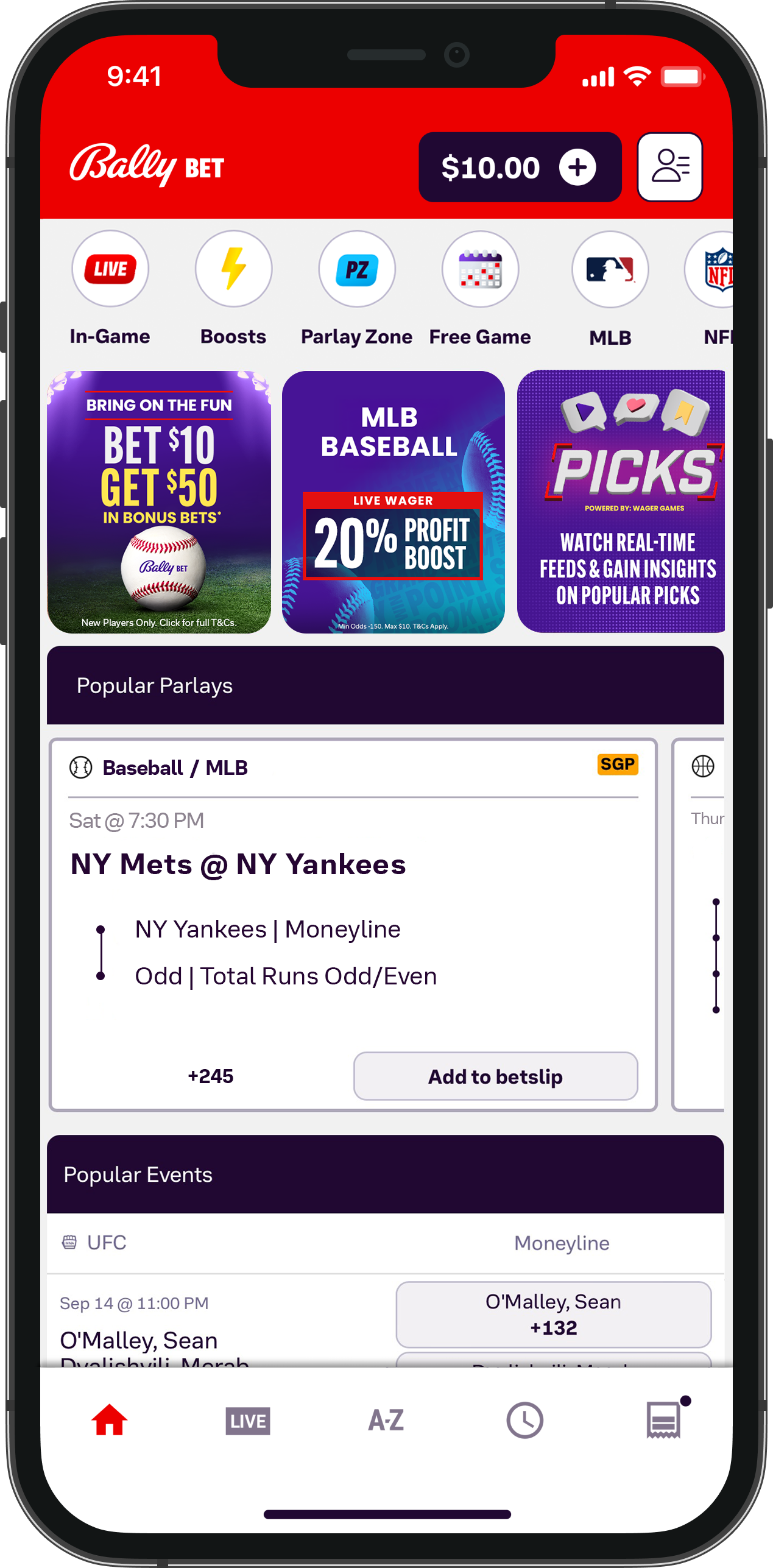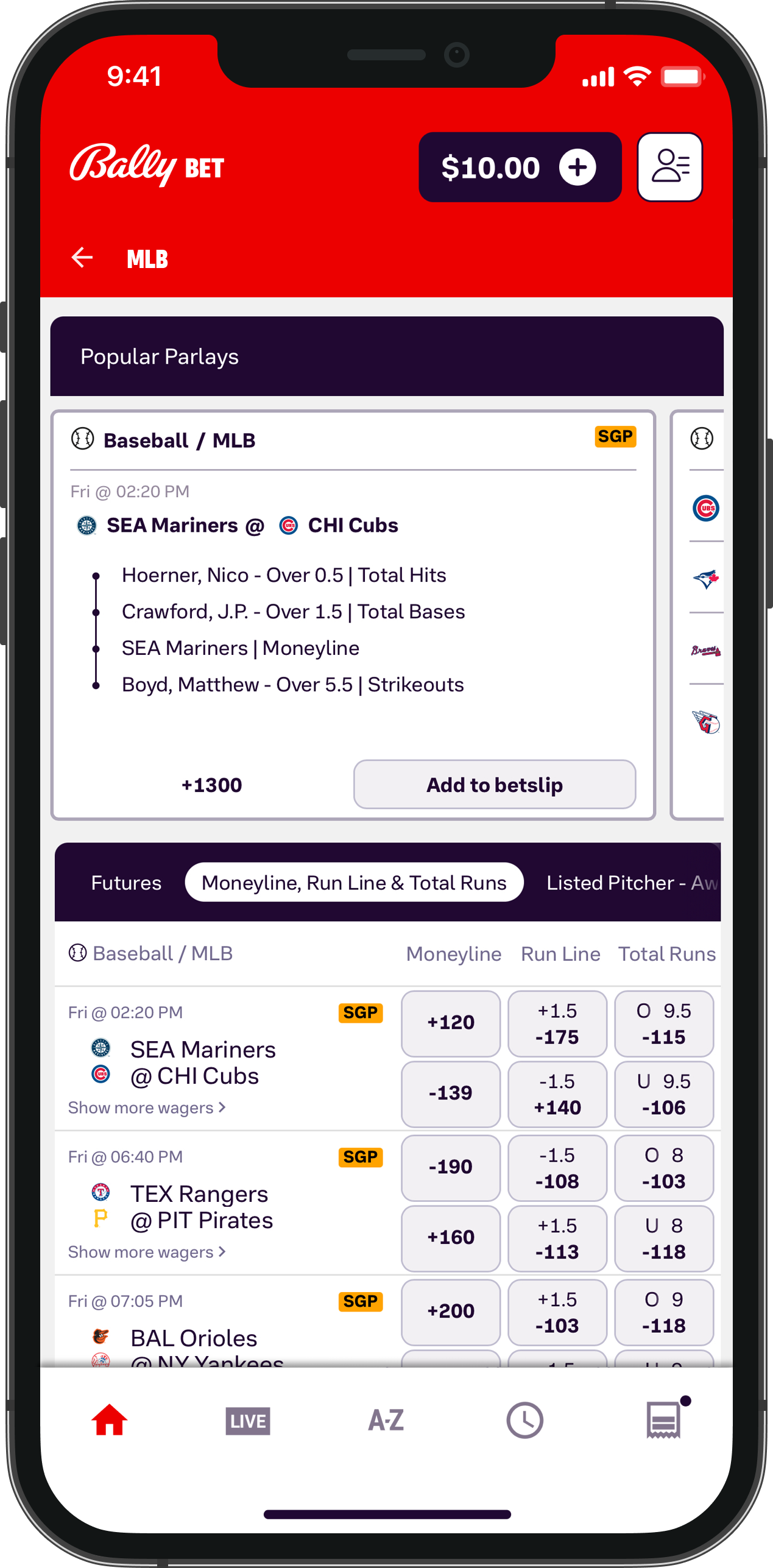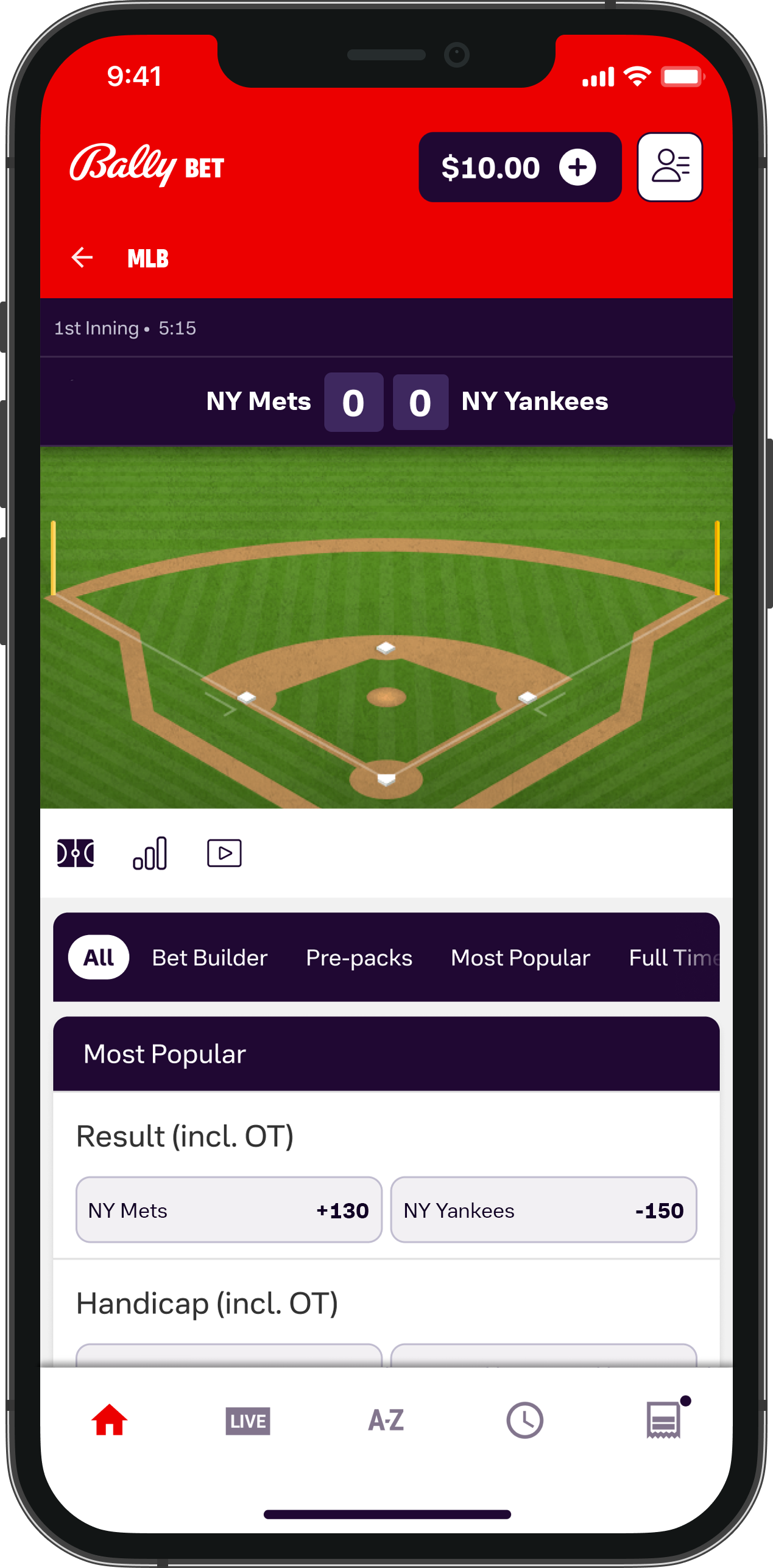What Is Implied Probability in Betting?
Some bettors are happy to place their sports wagers based on gut instinct and feeling. Others, well, they want a more number-backed approach to making their picks.
One of the ways you can assess the value of your bets is through implied probability, which essentially converts the sportsbook odds into a percentage chance. That way, you can decide whether the lines offered are value – where the outcome has a higher probability of occurring than the odds imply – or not, in which case you would simply move on to another game or market.
Implied probability in sports betting might sound like a complicated concept, bringing back memories of math class at school, but the truth is that it’s pretty easy to convert betting odds to percentage probabilities.
And once you know how, you can really begin to enjoy the extra clarity and context that it brings to your sports wagers.
How Implied Probability Works
Before we get into implied probability in sports betting, there is an easier way to illustrate this concept straight off the bat.
Let’s take the flip of a coin. We know that the standard coin has two sides, heads and tails, and that there’s a 50% chance of either landing face up when the coin is flipped. In betting terms, we know that the true odds in this scenario should be even money on both heads and tails.
Now imagine that a sportsbook was running a market on a single flip of a coin. The coin itself is completely fair and standard, but the book was offering these odds:
• Heads (-150)
• Tails (+150)
Just by looking at these odds, you may gather that heads is a bad bet and tails is a good bet. Why? Because we’re getting "odds on" for the heads, with a $10 wager winning $6.67 in profit, and we know that a wager on a coin flip should return a minimum of $10 in profit to represent the 50/50 odds.
But if we wagered on tails, our $10 bet would yield $15 in profit. That's beyond our expectations given that a $10 win is what we would expect when two possible outcomes have a 50% probability each.
This example gives you a good insight into implied probability in sports betting. You may want to place more bets when the implied probability (e.g. the likelihood of the outcome occurring) is greater than the odds being offered by the sportsbook.
If anyone ever lets you bet on heads or tails at odds of +100 or longer, probability-wise, you may be onto a good thing.
How to Convert Betting Odds to Percentages
Now let’s apply this logic to your sports bets. First, we need to know how to convert betting odds into percentages.
We’ll use a simple two-way betting market to show you how to do it. To make things easier, there are plenty of calculators online that will convert sportsbook odds to percentages for you with just a few clicks.
Here we have a moneyline market for an NFL game between the San Francisco 49ers and Denver Broncos:
• San Francisco (-180), Denver (+150)
When there are negative odds, as is the case with the 49ers here, we apply this calculation:
• Odds / (odds - 100) x 100
• -180 / (-180 - 100) x 100 = 64.2%
For the side of a bet with positive odds (Broncos), we use this calculation:
• 100 / (odds + 100) x 100
• 100 / (150 + 100) x 100 = 40%
So now we know that the sportsbooks believe San Francisco has a 64.2% chance of winning, while Denver has a 40% probability of prevailing.
As a bettor, you have a deeper understanding of what the betting odds on the two teams mean. Do you think the 49ers have a greater chance of winning than 64.2%? If you do, you might be inclined to back them. On the flip side, if you think Denver’s true chances are greater than 40%, you might wager on them instead.
You can use this formula for any betting market, no matter how many different parts there are to it. For example, soccer games have three different possible results: home win, tie, and away win. You can calculate the implied probability for each using the same calculations as above:
• Los Angeles FC at -200 (66.6%)
• Draw at +300 (25%)
• San Jose Earthquakes at +650 (13.3%)
Now your betting decision is made easier to understand. Does LA have a better or worse chance than 66.6% of winning this game? What about the tie? Is San Jose a better team than its lowly +650 odds imply?
Although implied probabilities can’t tell you which bets will win or lose, they do provide excellent context that – along with your research – can offer you a deeper insight into whether a pick can be considered value or not.
The Importance of True Odds in Betting
The odds that a sportsbook offers on an event are one thing, but the true odds – that is, your own assessment of how the game might pan out – are another thing altogether.
Some of the more interesting wagers that you will place are where your perceived true odds, which would be represented by your own implied probabilities on all of the possible outcomes, are the same as or weaker than the sportsbook’s odds.
When the sportsbook odds for a pick are, in your opinion, an accurate representation closely aligned with your true odds, that is a bet that you might want to place. Where your true odds and the sportsbook lines are poles apart, you may want to look elsewhere for your next wager — there may be no value there whatsoever, or there may have been an error in your calculations (this can happen when you’re not privy to the latest updates on things like team news).
We know that odds of +120 on tails in a coin flip are excellent value because our true odds would be even money (50%). In the same vein, you might think that the 49ers are good value at -180 because your true odds and implied probability put it more toward 70% (-233).
One of the interesting things about sports betting is that it’s a game of opinions. Sportsbooks employ analytical experts who run deep-dive, statistical models to predict the outcome of sporting events, with odds then priced accordingly. But that’s not to say that the books get it right every time, and that's no surprise given how unpredictable sport at the highest caliber can be.
Finding Your Edge in Sports Betting
Once you know how to calculate implied probability, you can unearth value wagers in the thousands of betting markets that are offered every day by sportsbooks.
It could be one of the more popular options, such as NFL moneyline odds, or something more obscure. If you have particular knowledge about a niche sport or a specific competition, that can be a useful edge to exploit.
Common advice for sports bettors is to focus on a small number of betting niches, rather than trying to bring expertise to all lines and markets. For instance, you might want to focus on point spreads, trying to identify underdogs that will outplay their line, or favorites that you expect to win by a margin greater than the spread implies.
Alternatively, you may focus on the totals (over/under) market, choosing games where you expect the offense of both teams to have the advantage over the opposing defense, which can often result in high-scoring contests.
Whatever you choose as your niche, make sure you have an edge over the sportsbooks. Calculate your own implied probabilities and true odds, compare them to the sportsbooks’ and see who is right more often. Many newcomers to sports betting will produce a spreadsheet or a running count of their wagers to see which areas they excel in.
Understanding implied probability, and being able to calculate true odds, could ultimately help you to become a winning bettor in the long run.
The lines that are offered by a sportsbook are known as the implied odds, which is an estimated probability of an outcome occurring as per the analysts' opinions. The true odds, meanwhile, are what a bettor may calculate as the actual probabilities of the outcome occurring, without the need to build in a margin or vig (as the sportsbooks do).
Once you're able to calculate the implied probabilities of sportsbook odds using the formula in our guide, you can attach a percentage chance to each outcome in a game, e.g. the San Francisco 49ers beating the Denver Broncos, or vice versa. You can assess the odds offered by the sportsbooks, and decide where those lines are fair and accurate and which lines may represent a value betting opportunity if they undervalue a particular outcome.
Let’s imagine that the sportsbooks have made the 49ers their -150 favorites to beat the Broncos. That’s an implied probability of 60%. After you take a deep dive into your research, studying the many different variables that go into determining the outcome of a football game, you believe the 49ers have a 70% chance of winning. That would mean that you believe their true odds are -233, which in turn would mean that betting on them at -150 would represent good value. In fact, any price down to -233 would be worth taking.
It’s generally accepted that the betting odds provided by sportsbooks are accurate, as they take into account thousands of variables and inputs for a single game. While nothing is guaranteed, these operators employ experts who know quantitative data modelling inside and out, and who can recommend when the odds should be kept tight or loosened, based on their findings.



